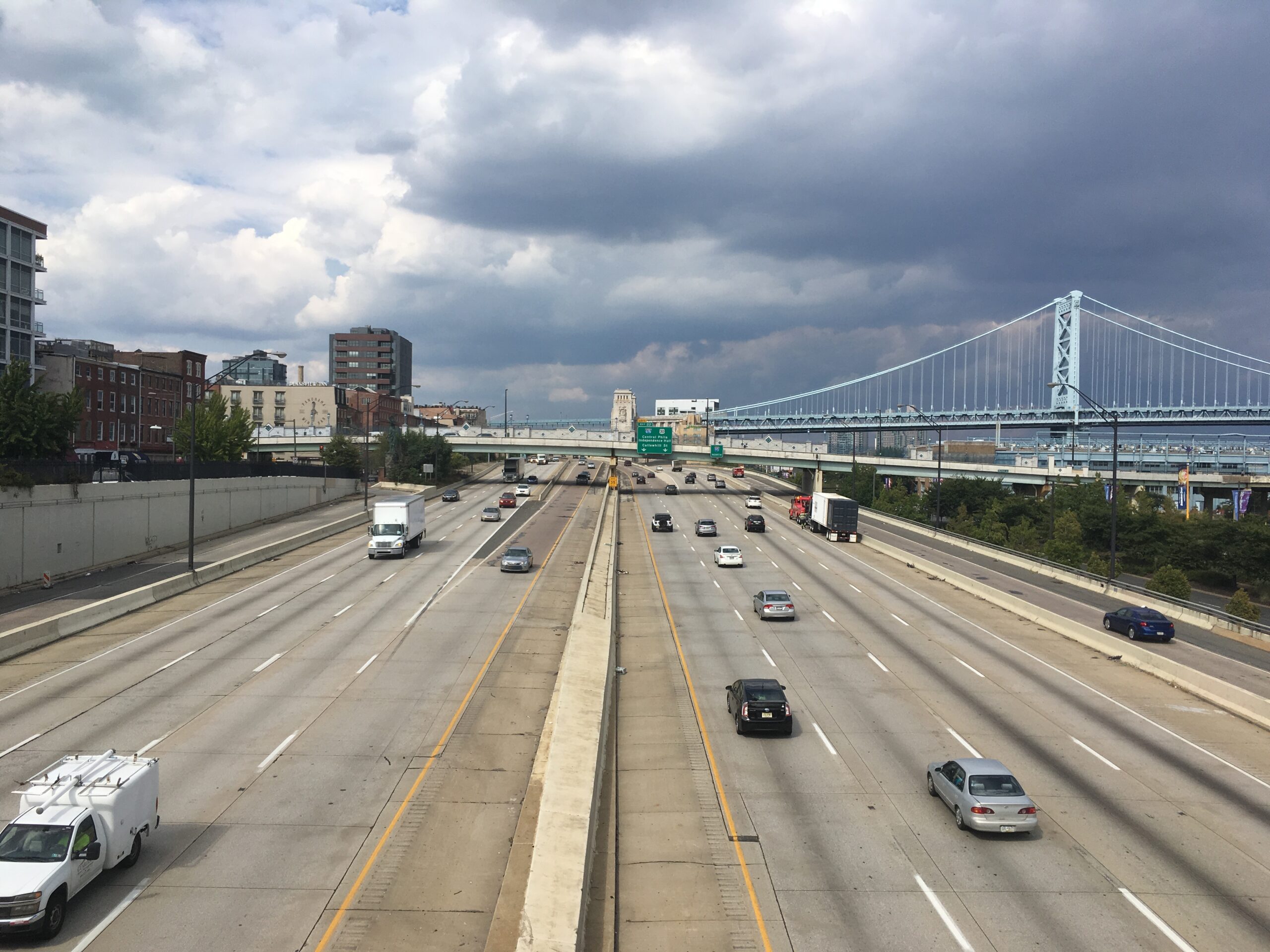Introduction
In a shocking turn of events, a catastrophic incident on the iconic I-95 highway in Philadelphia sent shockwaves across the city and the nation. The fiery collapse of a crucial overpass resulted in unparalleled chaos and devastation. This article aims to provide a comprehensive account of the incident, the immediate aftermath, and the impact it left on the lives of countless individuals.
Table 1: Article Outline
| Heading |
|---|
| Introduction |
| The I-95 Overpass: A Vital Artery |
| The Fiery Collapse: A Day of Chaos |
| Emergency Response and Rescue Efforts |
| Investigating the Cause |
| The Human Toll: Lives Lost and Changed |
| Rebuilding a Vital Infrastructure |
| Impact on Transportation and Commuters |
| Community Resilience and Unity |
| Drawing Lessons for the Future |
| Conclusion |
| FAQs |
The I-95 Overpass: A Vital Artery
The I-95 highway holds immense significance as a vital transportation artery, connecting major cities and facilitating the movement of goods and people. The overpass that collapsed was a critical segment of this crucial thoroughfare, serving thousands of commuters daily.
The Fiery Collapse: A Day of Chaos
On that fateful day, chaos erupted as the overpass gave way, sending debris crashing onto the lanes below. The collapse was accompanied by a massive fire, engulfing vehicles and creating a scene of sheer horror and disbelief.
Eyewitness accounts painted a grim picture of the unfolding disaster. Commuters caught in the chaos described moments of terror and desperation as they sought safety amidst the pandemonium.
Emergency Response and Rescue Efforts
Emergency responders, including firefighters, police, and paramedics, sprang into action to manage the crisis. Their swift and heroic efforts saved lives and provided essential aid to those injured in the incident.
The scene was fraught with danger as the fire continued to rage. The dedication and bravery of these responders played a critical role in mitigating the impact of the catastrophe.
Investigating the Cause
In the aftermath of the collapse, an extensive investigation was launched to determine the cause of the disaster. Teams of experts and engineers meticulously examined the debris and studied the structural integrity of the overpass.
As the investigation unfolded, questions arose about the maintenance and safety protocols surrounding the critical infrastructure. The findings of the investigation would be crucial in preventing similar tragedies in the future.
The Human Toll: Lives Lost and Changed
Tragically, lives were lost in the collapse, leaving families and communities devastated by profound loss. The human toll of the incident was immense, with loved ones mourning the sudden departure of those they held dear.
Additionally, survivors of the disaster faced physical injuries and emotional trauma that would leave a lasting impact on their lives. The incident highlighted the importance of providing support and counseling for those affected.
Rebuilding a Vital Infrastructure
As the immediate aftermath was addressed, the focus shifted towards rebuilding the damaged infrastructure. A massive undertaking lay ahead, requiring meticulous planning and execution to restore the crucial overpass.
Engineers, construction teams, and city authorities worked collaboratively to expedite the reconstruction process. The goal was not only to restore functionality but also to implement enhanced safety measures for future resilience.
Impact on Transportation and Commuters
The I-95 highway’s closure following the collapse had a profound impact on transportation in and around Philadelphia. The major thoroughfare’s significance in the regional and national transport network meant commuters faced extensive detours and delays.
Public transit systems experienced increased demand as commuters sought alternative means of travel. The incident underscored the importance of maintaining alternative transport options during times of crisis.
Community Resilience and Unity
In the face of unprecedented chaos, the Philadelphia community exhibited resilience and unity. Local organizations, volunteers, and citizens rallied together to offer support to those affected by the disaster.
The city’s response showcased the power of community strength and solidarity during times of adversity. Acts of kindness and generosity played a crucial role in healing the wounds left by the tragedy.
Drawing Lessons for the Future
The incident on I-95 served as a stark reminder of the critical importance of infrastructure safety and maintenance. The lessons drawn from the incident would be instrumental in shaping future policies and protocols for infrastructure management.
Furthermore, the disaster prompted a reevaluation of emergency response strategies, highlighting the need for comprehensive training and preparedness to handle large-scale crises.
Conclusion
The unprecedented chaos that engulfed I-95 in Philadelphia was a tragic event that shook the city and left an indelible mark on the lives of its residents. The incident underscores the need for stringent infrastructure safety measures and emergency preparedness.
As the city moves forward with reconstruction and healing, the spirit of unity and resilience demonstrated by the community will serve as a beacon of hope, inspiring cities nationwide to prioritize safety and solidarity.
FAQs
-
What caused the collapse on I-95? The cause of the collapse is under investigation by engineering experts and authorities.
-
How did emergency responders handle the crisis? Emergency responders displayed heroic efforts, swiftly attending to the injured and managing the disaster.
-
What impact did the collapse have on transportation? The closure of the crucial overpass affected transportation, leading to detours and delays for commuters.
-
How did the Philadelphia community respond to the disaster? The community showed resilience and unity, offering support and assistance to those affected.
-
What lessons were drawn from the incident? The incident emphasized the importance of infrastructure safety and preparedness for emergencies.
- Read more news blogs here.

